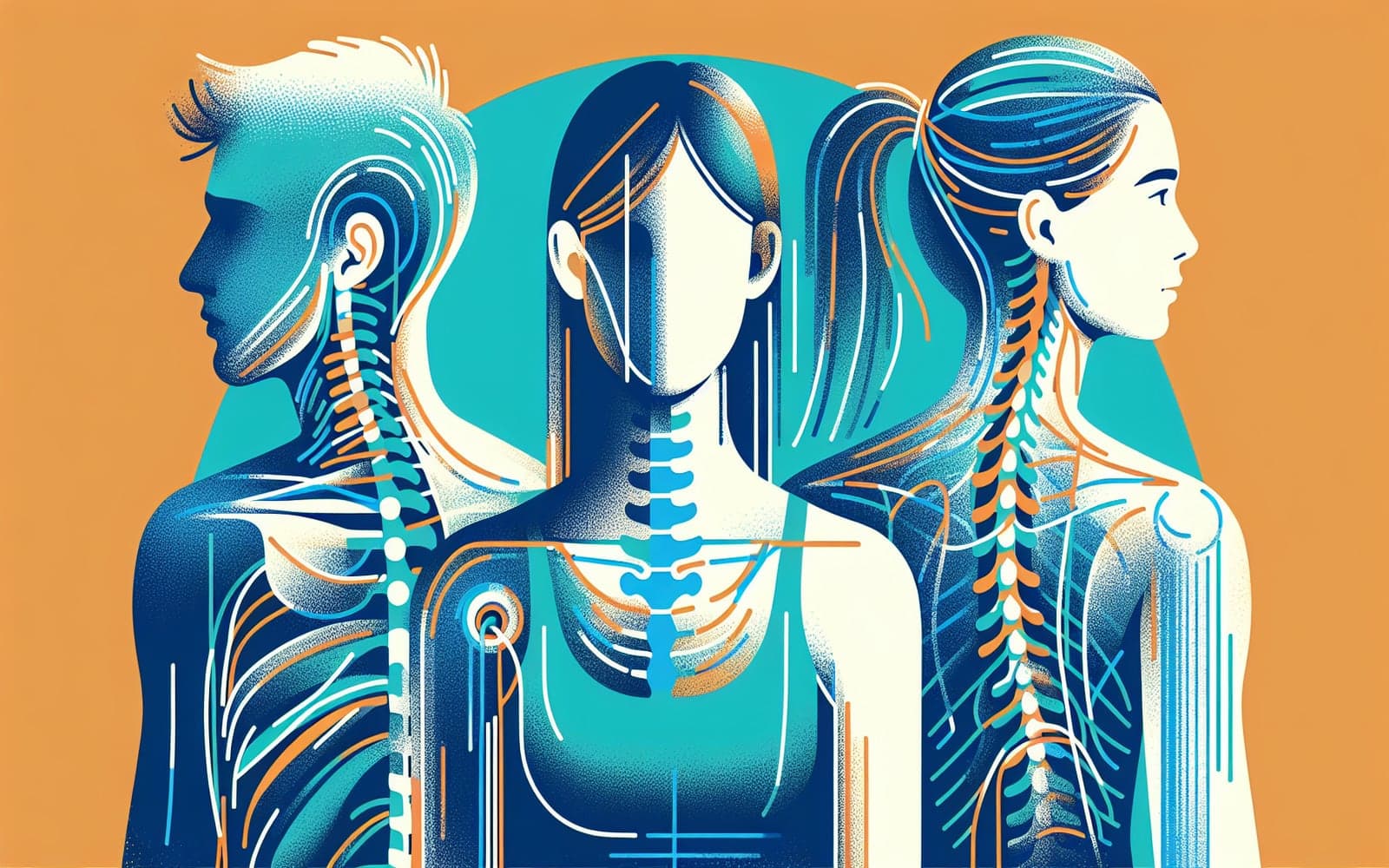Understanding Spondylolysis and Spondylolisthesis in Young Athletes: Are Your Kids at Risk?
Published: Dec 27, 2023

Medically reviewed by Oghenefejiro Okifo | MD, Harvard Medical School | Henry Ford Hospital - Detroit, MI on December 27th, 2023.
Spondylolysis and spondylolisthesis are common causes of back pain in young athletes. Knowing their signs and symptoms can help in early diagnosis and management.
Contents
What Are Spondylolysis and Spondylolisthesis?
Spondylolysis is a stress fracture in the spine usually due to overuse, particularly in sports involving excessive spinal motion like gymnastics. It primarily affects the lower lumbar vertebrae, often L5. When these fractures occur on both sides, the vertebra might slip forward—a condition known as spondylolisthesis.
Who Is at Risk?
Young athletes in sports requiring extreme spinal motion are at the highest risk. Sports like gymnastics, football, and diving often involve repetitive back bending, increasing stress on the spine. Genetics, growth spurts, and muscle weakness also play a role in developing these conditions.

Symptoms to Watch Out For
The primary symptom of spondylolysis in adolescents is low back pain, especially during activities involving back extension. If untreated, the pain can worsen and persist even after stopping the activity. In spondylolisthesis, the pain often spreads to the buttocks or legs and might be accompanied by numbness or weakness.
Frequently Asked Questions
It's a stress fracture in the spine caused by overuse.
Young athletes in sports involving back extension like gymnastics and football.
Look for persistent low back pain, especially during physical activity.
Key Takeaways
Early detection and management are crucial for preventing long-term complications in young athletes.
Concerned about your young athlete's back pain? Chat with Doctronic to learn more.Related Articles
References
ROW GG, ROCHE MB. The etiology of separate neural arch. J Bone Joint Surg Am 1953; 35-A:102.
Standaert CJ, Herring SA. Spondylolysis: a critical review. Br J Sports Med 2000; 34:415.
This article has been reviewed for accuracy by one of the licensed medical doctors working for Doctronic. Always discuss health information with your healthcare provider.

